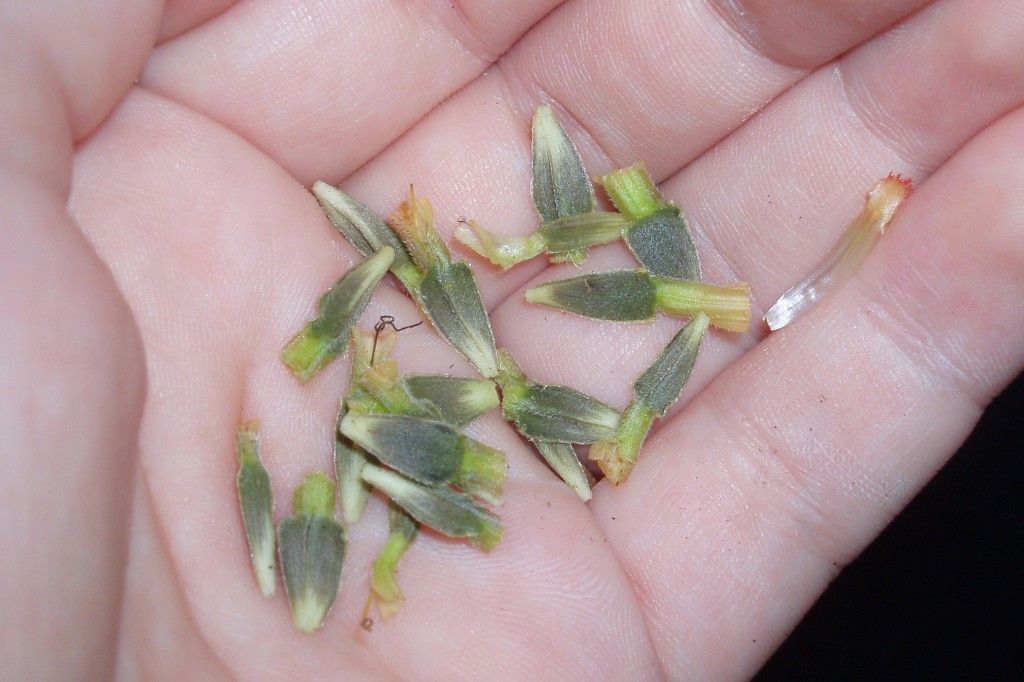Quite a number of flowering annuals can be started by sowing their seeds directly into the garden.
Wait until after the last frost in the spring when the soil has really warmed enough for seeds to germinate. I tend to pick up packets of seeds wherever I go so usually have a big stash of them, and it is fun to scatter them in my bare perennial beds. Since seeds are inexpensive, I throw them around with abandon expecting that they all won’t germinate, but hoping that some will and give me surprises later in the season.
I especially love the tall blue/purple spires of larkspur, since delphiniums do not thrive in my climate. Last year I hopefully flung some into my bed of white German iris, and though the iris bloomed first, the larkspur looked lovely among the blue/grey iris foliage later.
If I have big pots on my deck, I sow zinnia seeds into those. Even the small daisy-flowered variety ‘White Star’, which does not need to be dead-headed, does well in pots in full sun.
Cosmos is a pretty, floriferous annual that can be scattered on top of the soil in beds, and it will bloom in 8 weeks. It has pretty foliage and is good for cutting, which stimulates the continued flowering all summer.
Small French marigolds, the gold and brown ones, will germinate easily, also, and are very drought-tolerate, flowering until frost.
And of course, I always save or buy Cleome seeds—better known by the common names of ‘Spider plant’ or ‘Cat’s whiskers’—and scatter them in the middle of beds or the back of borders because they grow tall and last a long time. Those I do not cut, as they are best left in the garden to produce seeds for the following year. Besides, I do not like their smell very much.
Another favorite is blue Clary sage. Direct sowing is inexpensive, easy, and fun and usually results in a few surprises!










